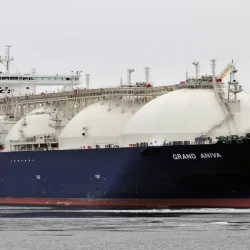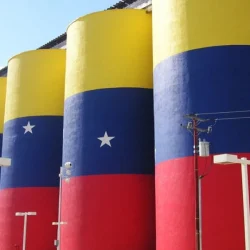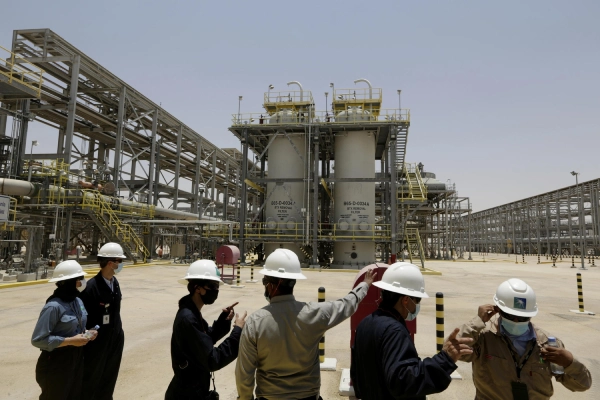In 2024 (1403 SH), Iran’s oil and gas industry marked a historic year by achieving record levels in production, taking a major step toward energy self-sufficiency and economic growth. Increases in oil and gas output, the launch of mega-projects, and the development of joint fields were among the key highlights of the year.
According to the National Iranian Oil Company (NIOC), raw gas production capacity reached an unprecedented 1,106 million cubic meters per day, while South Pars field recorded a peak production of 716 million cubic meters of rich gas, marking a milestone in the history of this joint field. Crude oil output also saw significant growth, thanks to the reactivation of wells in southern and western fields such as Sepehr, Jofeir, Karun, and Arvandan.
To address gas supply imbalances in winter, NIOC strategically increased gas production by 30 million cubic meters per day before the onset of the cold season, preventing potential crises in residential and industrial sectors. A record-breaking 870 million cubic meters of gas was delivered to the national grid in February alone.
In the field development sector, major projects were launched to boost extraction from shared fields including Yadavaran, Azadegan, Soumar, Saman, and Dalavaran. The Yadavaran project alone, backed by a $350 million investment, added a daily capacity of 42,000 barrels of oil. Additionally, newly completed wells in Kish gas field contributed 14 million cubic meters per day to national gas output.
A landmark achievement of the year was the signing of a $17 billion gas pressure-boosting contract in South Pars. The project is expected to generate over $780 billion in revenues by 2051 (1430 SH) and create employment opportunities for more than 67,000 people, both directly and indirectly.
On the investment front, a $3 billion loan facility was approved, aimed at raising daily crude oil production from 1.9 million to 2.189 million barrels. Moreover, over 100 investment packages have been prepared to attract domestic and international investors in upstream projects.
Alongside industrial development, NIOC also focused on social responsibility. The launch of 621 public-benefit infrastructure projects valued at 28 trillion IRR, and an additional 130 trillion IRR investment in underdeveloped areas of Khuzestan province, reflect the company’s commitment to regional development.
A noteworthy feature of this year’s initiatives was the significant reliance on domestic expertise and manufacturing. Between 70% to 85% of the equipment used in major projects was locally sourced — including in the Ahvaz desalting unit, which increased daily oil production by 15,000 barrels, and in the offshore jacket structure of the Belal gas field, which was entirely designed and built by Iranian engineers.
Experts believe the 2024 performance of Iran’s oil sector is not only technically and economically significant, but also demonstrates the country’s resilience in overcoming sanctions and achieving sustainable development.









